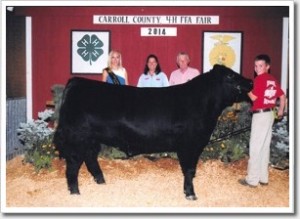Vinyl fencing is a low maintenance option in place of traditional wood fences. Vinyl fences come in a large variety of styles, including picket and privacy fencing. Vinyl fencing is very durable. Some manufacturers offer lifetime guarantees on their products.
Under normal circumstances, it’s difficult to break vinyl fence materials. Today’s vinyl fencing has five times the tensile strength of wood. It’s difficult to stretch or tear apart. Vinyl is four times more flexible than wood. During cold winter months, vinyl can be brittle and more prone to breakage.
Early forms of vinyl fencing were simply polyvinyl chloride, similar to the materials in PVC pipe, made to look like wood. The product was durable, but after the product was in the sun for a short time, the PVC began to look damaged and turn yellow. Titanium oxide added to the PVC mixture gave the vinyl ultraviolet resistance but added to the cost of the vinyl. Today’s manufacturing process adds titanium oxide only to the outer layers of the vinyl, where it does the most good. By using less titanium oxide, manufacturers were able to reduce the cost of the fencing yet still produce a durable product. Titanium oxide is white, so vinyl fences have traditionally been light-colored. Darker colors hold heat, so stretching has been an issue with dark-colored vinyl. Improvements in the manufacturing process are making it possible for manufacturers to begin to provide a wider selection of vinyl fencing colors.

